First Aid for Chemical Burns – A Comprehensive Guide
Welcome to your go-to resource for understanding and responding to chemical burns! Whether you're a curious learner or someone who has faced the unfortunate incident of a chemical burn, this guide is designed to empower you with essential knowledge. Chemical burns can occur unexpectedly, often when we least expect them, and knowing how to react can make all the difference. Imagine being at home, using a cleaning product, and suddenly feeling a sting on your skin. Panic sets in, but with the right information at your fingertips, you can take swift action to minimize damage.
In this guide, we will cover everything from understanding what chemical burns are, to the immediate response steps you should take if you or someone else is affected. We’ll delve into the common chemicals that can cause burns, and importantly, how to care for the affected area long-term. By the end of this article, you'll feel more confident in your ability to handle these emergencies, making you a more informed individual ready to act in a crisis.
So, what exactly constitutes a chemical burn? It occurs when skin or eyes come into contact with harmful substances, leading to damage that can vary in severity. The key to effective first aid lies in recognizing the type of chemical involved and understanding the appropriate response. This isn't just about applying a bandage; it's about knowing how to mitigate harm and promote healing.
Let’s take a closer look at the immediate response steps you should follow. Imagine for a moment that you’re in a situation where someone has suffered a chemical burn. Your heart races, and you want to help, but where do you start? The first step is to remain calm and focused. Panic can cloud judgment, but with a clear mind, you can effectively execute the necessary actions to assist.
In the following sections, we will break down the critical first response steps to follow in an emergency, ensuring you are well-prepared for any situation that may arise. Remember, knowledge is power, and being equipped with the right information can save a life. So, let’s dive into the specifics of first aid for chemical burns!
Before jumping into the immediate response steps, it’s essential to grasp the nature of chemical burns. These injuries occur due to exposure to corrosive substances, which can be categorized broadly into two types: acids and bases. Each type has distinct effects on the skin and requires different approaches to treatment.
Recognizing the signs of a chemical burn is crucial. Symptoms can range from redness and irritation to severe pain and blistering. The extent of the injury often depends on the type of chemical, the concentration, and the duration of exposure. By understanding these factors, you can better assess the situation and respond accordingly.
Knowing what to do immediately after a chemical burn can significantly reduce its severity. Here are the critical first response steps to follow:
One of the first actions you should take is to promptly remove any clothing that has come into contact with the chemical. This is vital because leaving contaminated clothing on can lead to further skin exposure and exacerbate the injury. Think of it like peeling away layers of an onion—each layer removed reduces irritation and helps protect the skin underneath.
Next, evaluate the severity of the burn. This involves identifying the chemical involved and assessing the extent of skin damage. If the burn appears severe, such as covering a large area or showing signs of deep tissue damage, it's crucial to seek medical help immediately. Remember, not all burns are created equal, and some may require professional intervention.
Flushing the burn area with water is one of the most important first aid steps you can take. Ideally, you should flush the affected area for at least 20 minutes with cool running water. This helps to dilute the chemical and wash it away from the skin. Think of it as a gentle river washing away debris—it's your best line of defense against further injury.
It’s crucial to know when to seek professional medical attention. Certain signs indicate that the burn may be beyond home care, such as:
- Severe pain that doesn't subside
- Signs of infection, such as increased redness or pus
- Burns covering a large area of the body
- Involvement of sensitive areas, such as the face, hands, or genitals
If any of these symptoms are present, don’t hesitate to visit a healthcare facility for further treatment.
Understanding the types of chemicals that commonly cause burns can aid in prevention and preparedness. Here are a few examples of hazardous substances:
Acids and bases are among the most common culprits of chemical burns. Acids, such as sulfuric acid found in batteries, can cause severe burns upon contact. Bases, like sodium hydroxide in drain cleaners, can be equally damaging. Knowing how to handle these substances safely can prevent many accidents.
Many household items can cause chemical burns if misused. Common household chemicals include:
- Bleach
- Ammonia
- Oven cleaners
Always read labels and follow safety instructions to minimize risks when using these products.
After initial treatment for a chemical burn, long-term care is crucial for healing. This includes proper wound care, monitoring for signs of infection, and possibly physical therapy if the burn is severe. Rehabilitation and scar management can also play a significant role in recovery, helping individuals regain function and confidence.
Q: What should I do if I accidentally spill a chemical on myself?
A: Immediately remove contaminated clothing and flush the affected area with water for at least 20 minutes. Seek medical help if the burn appears severe.
Q: Can I use ice on a chemical burn?
A: No, avoid using ice directly on chemical burns as it can cause further damage. Cool running water is the best option.
Q: How can I prevent chemical burns at home?
A: Always read labels, use protective gear when handling chemicals, and store them safely out of reach of children.
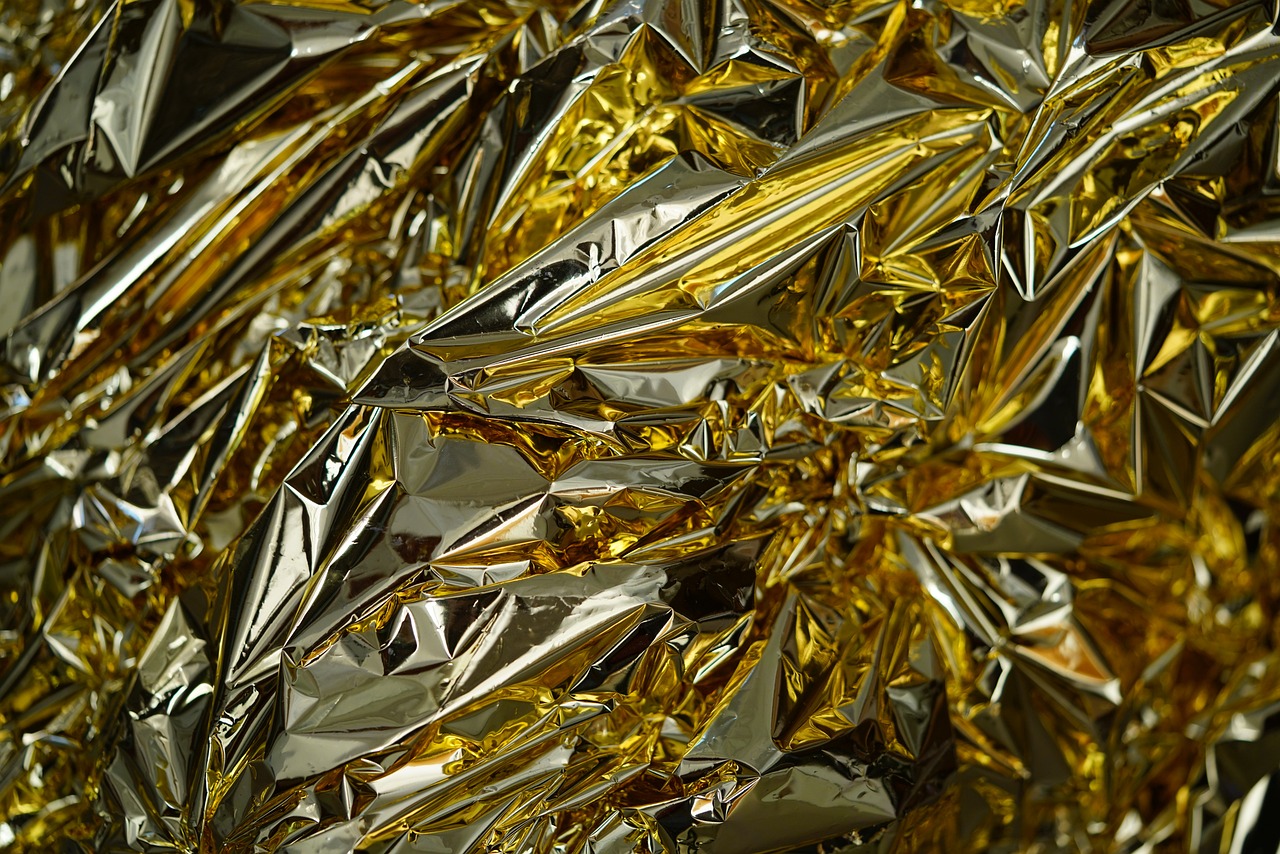
Understanding Chemical Burns
This guide provides essential information on how to respond effectively to chemical burns, covering prevention, treatment steps, and when to seek medical help for optimal recovery.
Chemical burns are injuries that occur when the skin or eyes come into contact with harmful substances. These burns can be particularly severe, as they often lead to deeper tissue damage compared to thermal burns. Understanding what constitutes a chemical burn is crucial for effective first aid and treatment. Chemical burns can result from a variety of substances, including acids, bases, and other corrosive materials.
Recognizing the types of chemicals involved is essential for determining the appropriate response. For instance, strong acids like sulfuric acid or hydrochloric acid can cause immediate and severe damage, while bases such as sodium hydroxide can penetrate deeper into the skin, leading to more extensive injuries. The severity of a chemical burn often depends on several factors, including:
- Type of Chemical: Different chemicals have varying levels of corrosiveness.
- Concentration: Higher concentrations can cause more severe burns.
- Duration of Exposure: The longer the skin is in contact with the chemical, the worse the injury can become.
- Area of Contact: Larger areas of skin exposure can lead to more significant damage.
It's important to note that chemical burns can also occur in the eyes, which can lead to serious complications, including vision loss. Therefore, understanding the potential hazards of chemicals in your environment is vital. Always read labels and safety data sheets before handling any chemicals, whether at home or in the workplace.
In summary, being informed about chemical burns can empower individuals to take swift action in case of an emergency. Knowing the nature of the chemical involved and the steps to take can significantly improve outcomes and minimize injury. In the next section, we will delve into the immediate response steps that can be taken to mitigate the effects of chemical burns.
Knowing the immediate actions to take can significantly reduce the severity of chemical burns. This section outlines the critical first response steps to follow in an emergency.
Promptly removing clothing contaminated with chemicals is vital to prevent further skin exposure. This step can help limit the extent of the burn and facilitate better treatment.
Evaluating the severity of the burn is essential for determining the appropriate course of action. This includes identifying the chemical involved and the extent of skin damage.
Flushing the burn area with water is one of the most important first aid steps. This section discusses how long and how to flush effectively for maximum benefit.
Certain chemical burns require professional medical attention. This section details the signs that indicate when it's necessary to visit a healthcare facility for further treatment.
Understanding the types of chemicals that commonly cause burns can aid in prevention and preparedness. This section highlights frequently encountered hazardous substances.
Acids and bases are among the most common culprits of chemical burns. This subsection explains their effects on the skin and how to handle such incidents safely.
Many household items can cause chemical burns if misused. This section provides examples of common household chemicals and tips for safe handling to prevent accidents.
After initial treatment for a chemical burn, long-term care is crucial for healing. This section discusses rehabilitation, scar management, and follow-up care to ensure optimal recovery.
Q: What should I do if I get a chemical burn?
A: Immediately flush the affected area with water for at least 20 minutes and remove any contaminated clothing. Seek medical attention if the burn is severe.
Q: Are chemical burns always severe?
A: Not all chemical burns are severe, but they can become serious depending on the type of chemical and duration of exposure. Always err on the side of caution and seek medical help if unsure.
Q: Can I treat a chemical burn at home?
A: Minor chemical burns may be treated at home, but it’s crucial to understand the chemical involved. If in doubt, consult a medical professional.
Q: How can I prevent chemical burns?
A: Always read labels, use protective gear when handling chemicals, and ensure proper storage away from children and pets.
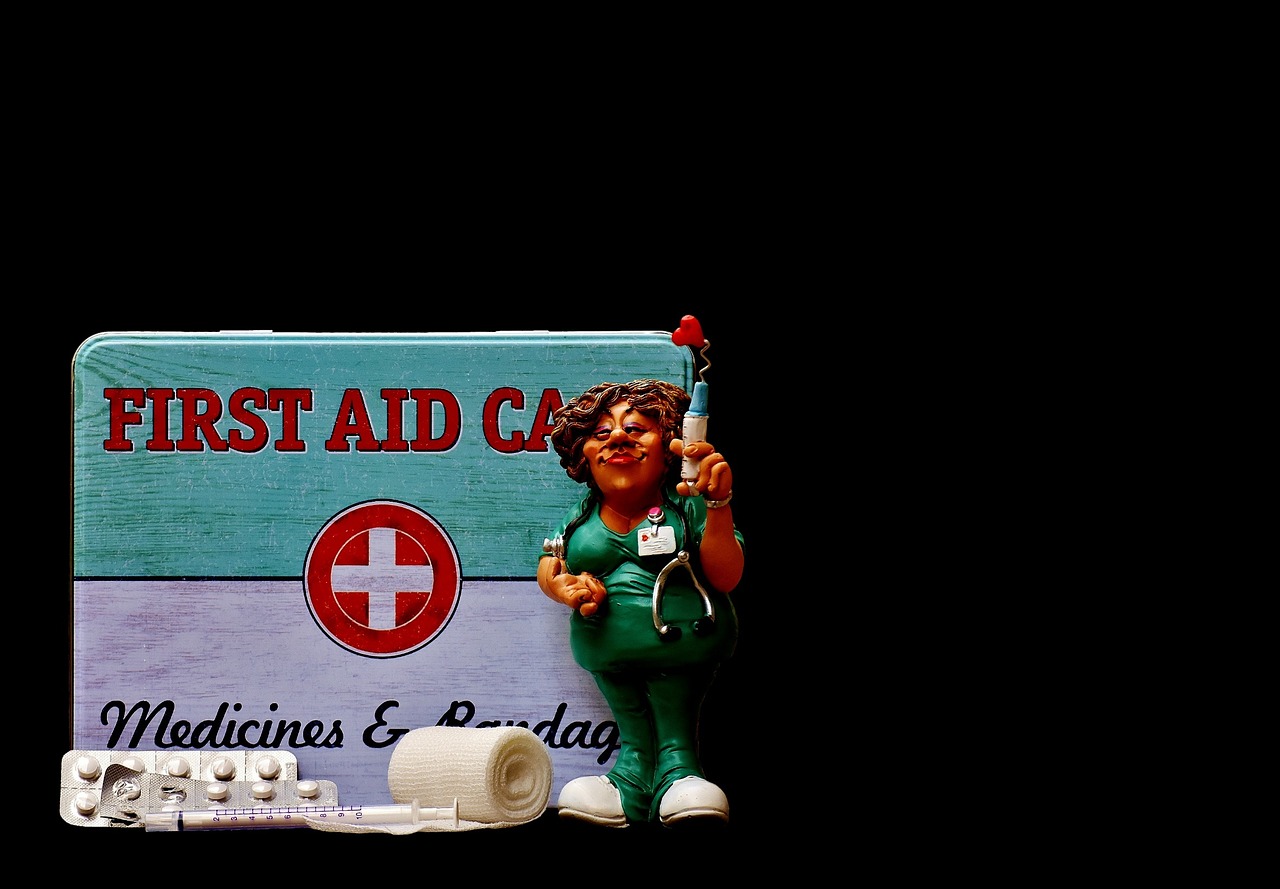
Immediate Response Steps
When faced with a chemical burn, every second counts. The immediate response can make a significant difference in how severe the injury becomes. First and foremost, it’s crucial to stay calm and act swiftly. Panic can cloud your judgment, so take a deep breath and focus on the steps you need to follow. Remember, the goal is to minimize damage and alleviate pain as quickly as possible.
The first step in responding to a chemical burn is to remove any contaminated clothing. Clothing can trap chemicals against the skin, increasing the burn's severity. Carefully take off any clothing that has come into contact with the chemical, but do so without spreading the chemical to other parts of the body. If the clothing is stuck to the skin, do not pull it off; instead, flush the area with water while keeping the clothing in place.
Next, you need to assess the severity of the burn. This involves identifying the chemical involved and evaluating the extent of the damage to the skin. If the burn is mild, you may be able to treat it at home. However, if the burn is severe, or if the chemical is unknown, you should seek professional medical help immediately. Keep in mind that some chemicals can cause delayed reactions, so even if the burn appears minor, it's wise to consult a healthcare professional.
One of the most critical steps in first aid for chemical burns is flushing the affected area with water. This helps to dilute and wash away the chemical, reducing its harmful effects. You should flush the area for at least 15 to 20 minutes, using cool or lukewarm water. Avoid using ice-cold water, as it can cause further damage to the skin. If possible, use a gentle stream of water rather than a strong force, which could aggravate the injury.
Here’s a quick guide on how to flush the burn area effectively:
| Step | Description |
|---|---|
| 1 | Remove any contaminated clothing carefully. |
| 2 | Start flushing the burn area with water immediately. |
| 3 | Continue flushing for at least 15-20 minutes. |
| 4 | Seek medical help if necessary. |
Finally, always remember that knowing when to seek medical help is just as important as knowing how to treat the burn. If the burn covers a large area, is caused by a strong acid or base, or if there are any signs of infection, don’t hesitate to call for professional assistance. In such situations, it’s better to be safe than sorry!

Removing Contaminated Clothing
When it comes to treating chemical burns, one of the first and most critical steps is . This action is essential because clothing can trap harmful chemicals against the skin, exacerbating the burn and increasing the risk of severe injury. Imagine wearing a wet sponge against your skin; the longer you keep it there, the more damage it can do. In a similar vein, contaminated clothing can worsen the effects of a chemical burn, leading to deeper tissue damage and more intense pain.
To effectively remove contaminated clothing, follow these steps:
- Act quickly: Time is of the essence. The sooner you remove the clothing, the less damage the skin will endure.
- Handle with care: If the clothing is stuck to the skin, do not pull it off forcefully. Instead, cut around the clothing to avoid further injury.
- Protect yourself: If you're helping someone else, make sure to wear gloves or use a barrier to protect your hands from the chemicals.
Once the clothing is removed, it’s vital to discard it safely. Place the contaminated clothing in a sealed plastic bag to prevent any further exposure to the chemical. This is not just for the safety of the victim but also for anyone else who might come into contact with the clothing later. It’s a simple yet effective way to prevent the spread of harmful substances.
After removing the clothing, immediately move on to flushing the affected area with water. This step is crucial as it helps to dilute and wash away the chemical, reducing the severity of the burn. Remember, the longer the chemical stays in contact with the skin, the more damage it can cause, so don’t delay!
In summary, removing contaminated clothing is a fundamental part of first aid for chemical burns. It’s an action that can significantly influence the outcome of the injury. By acting swiftly and carefully, you can help minimize the damage and set the stage for effective treatment.
Q: What should I do if the clothing is stuck to the burn?
A: If the clothing is stuck, avoid pulling it off. Instead, cut around the area to minimize further injury, and seek medical help.
Q: Can I use any type of water to flush the burn?
A: It's best to use clean, cool water. Avoid using ice water or very hot water, as extreme temperatures can worsen the injury.
Q: How long should I flush the burn area?
A: Flush the affected area with water for at least 15-20 minutes to ensure that the chemical is thoroughly washed away.
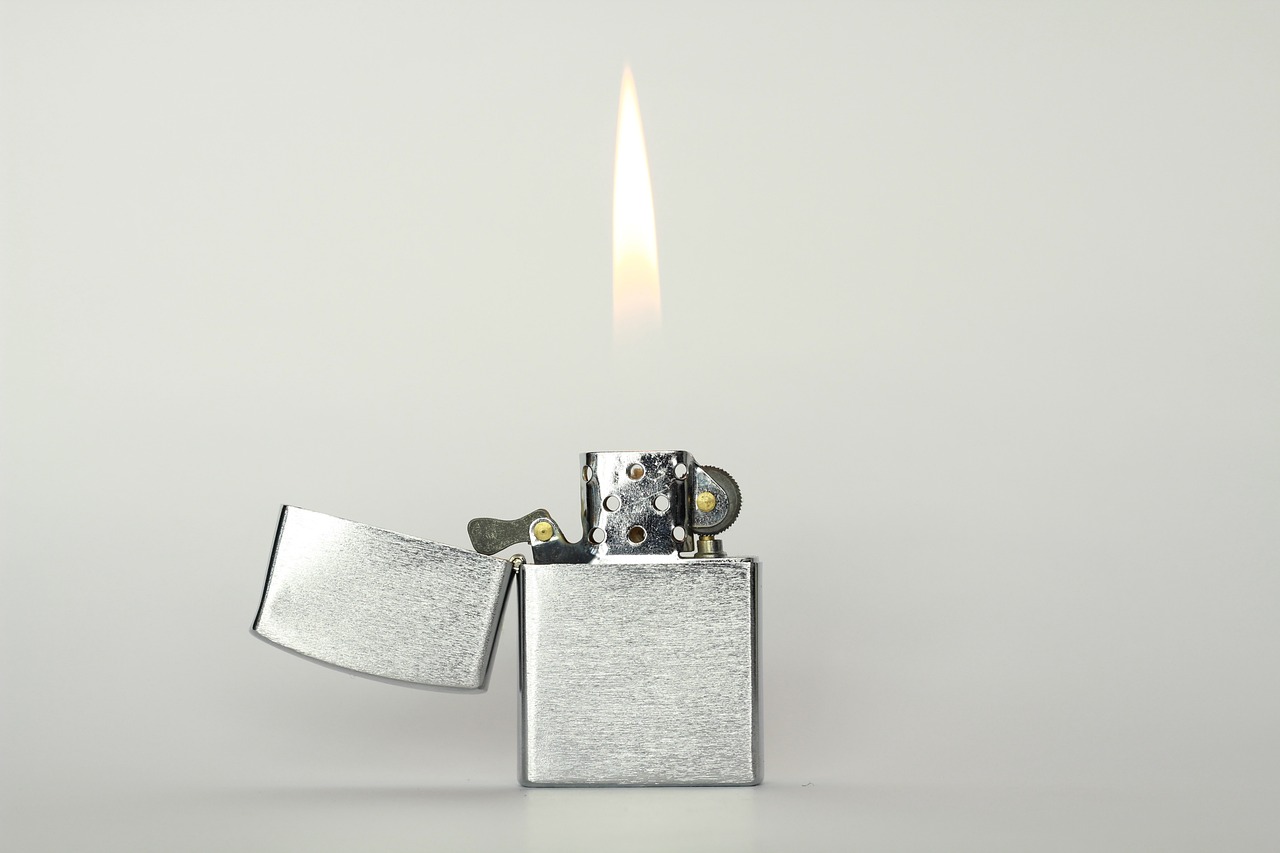
Assessing the Severity
When it comes to chemical burns, is a critical step that can dictate the course of treatment. It’s not just about how bad it looks; understanding the nature of the chemical involved and the extent of the skin damage can make all the difference. First, you need to identify the chemical that caused the burn. Different chemicals have different effects on the skin, and knowing what you’re dealing with can help you respond appropriately. For example, acids can cause deep tissue damage quickly, while alkalis might penetrate the skin more slowly but can lead to severe injuries if not treated promptly.
Next, evaluate the extent of the damage. This involves looking for signs such as redness, blistering, or even charred skin. The depth of the burn is another crucial factor to consider. Chemical burns can be classified into three categories:
| Burn Degree | Description | Symptoms |
|---|---|---|
| First Degree | Affects only the outer layer of skin. | Redness, minor swelling, and pain. |
| Second Degree | Affects both the outer and underlying layer of skin. | Blisters, severe pain, and swelling. |
| Third Degree | Destroys both layers of skin and may affect deeper tissues. | White or charred skin, numbness due to nerve damage. |
After identifying the chemical and assessing the burn's depth, it’s essential to consider how long the chemical was in contact with the skin. The longer the exposure, the greater the damage. If you suspect a more serious burn, it’s vital to seek professional medical help immediately. Remember, time is of the essence when dealing with chemical burns. Don’t hesitate to call for assistance if the situation seems severe.
In summary, assessing the severity of a chemical burn involves a few key steps: identifying the chemical, evaluating the extent of the damage, and considering the duration of exposure. By doing this, you can make informed decisions about the necessary first aid and whether professional medical treatment is required. Always err on the side of caution; when in doubt, it’s better to seek help than to risk complications.
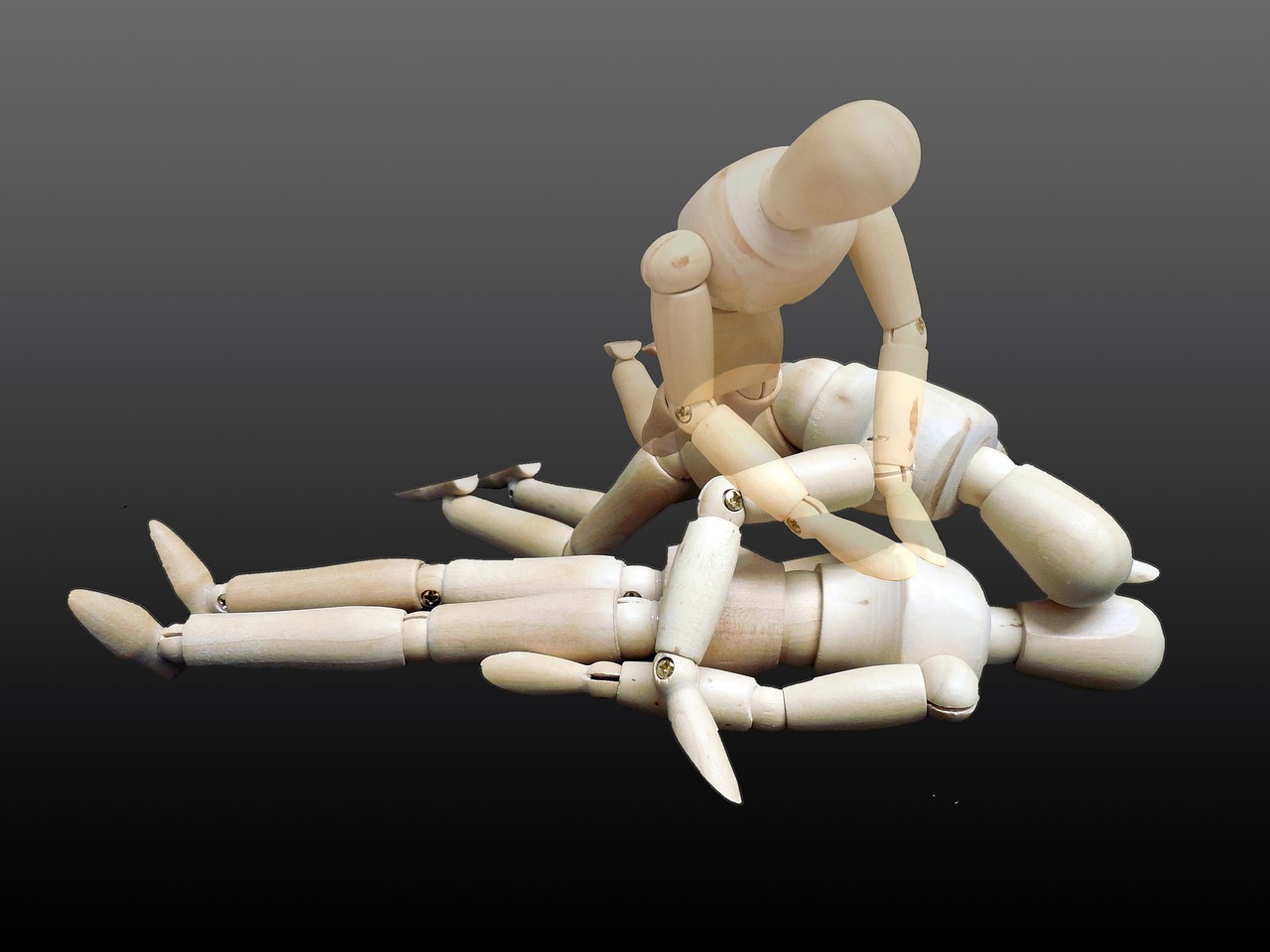
Flushing the Affected Area
When it comes to treating chemical burns, one of the most critical first aid steps is flushing the affected area with water. This action helps to dilute and wash away the harmful chemicals that have come into contact with the skin or eyes. The sooner you can initiate this process, the better the outcome is likely to be. Ideally, you should start flushing the area immediately, as every second counts in minimizing damage.
To effectively flush the burned area, follow these guidelines:
- Use plenty of water: It’s essential to use a large volume of water to ensure that the chemical is thoroughly washed away. Aim for at least 15 to 20 minutes of continuous flushing.
- Temperature matters: Use lukewarm water if possible. Water that is too hot or too cold can cause additional irritation to the skin.
- Positioning: If the burn is on the skin, hold the affected area under a gentle stream of water. If it's an eye burn, use an eyewash station or a clean container to pour water over the eye, keeping it open to allow for proper rinsing.
It's important to remember that while flushing is crucial, you should not attempt to neutralize the chemical with other substances, as this can lead to further reactions that may worsen the injury. Instead, focus on the water, as it is the safest and most effective way to remove the irritant.
After flushing, assess the area again. If the burn appears severe or if symptoms such as redness, swelling, or blisters develop, it’s time to seek professional medical help. Always err on the side of caution; when in doubt, it's better to consult a healthcare provider for further evaluation and treatment.

When to Seek Medical Help
Knowing when to seek medical help after a chemical burn is crucial for ensuring proper recovery and minimizing complications. While some burns can be managed at home, others require professional intervention. Have you ever wondered what signs to look for that indicate a trip to the hospital is necessary? Let’s break it down.
If the burn is extensive or involves sensitive areas such as the face, hands, feet, or genitals, you should seek medical attention immediately. Additionally, if the chemical involved is unknown or if it’s a strong acid or base, don't hesitate to contact a healthcare professional. Remember, the sooner you get help, the better your chances of a full recovery.
Here are some specific situations where medical help is essential:
- Severe Pain: If the pain is unbearable and does not subside with basic first aid measures, it’s time to consult a doctor.
- Blistering: If blisters develop on the affected area, it could indicate a deeper burn that requires medical evaluation.
- Signs of Infection: If you notice increased redness, swelling, or pus, these could be signs of infection necessitating medical attention.
- Respiratory Issues: If the chemical was inhaled and you experience difficulty breathing, chest pain, or coughing, seek emergency care immediately.
In some cases, the effects of chemical exposure may not be immediately apparent. For instance, if you experience symptoms like persistent coughing or throat irritation after inhaling fumes, don’t wait for the symptoms to worsen. Reach out to a healthcare professional promptly.
Lastly, remember to always bring any information about the chemical involved, if known, to your medical appointment. This can significantly aid healthcare providers in administering the correct treatment. Your quick action could make all the difference in your recovery process!
Q: What should I do if I’m unsure whether to seek medical help?
A: When in doubt, it’s always better to err on the side of caution. If you feel uncertain about the severity of the burn or the chemical involved, it’s advisable to consult a healthcare professional.
Q: Can I treat all chemical burns at home?
A: Not all chemical burns can be treated at home. Minor burns may be manageable with first aid, but any signs of severe pain, blistering, or infection warrant a visit to a medical facility.
Q: How can I prevent chemical burns?
A: Prevention is key! Always read labels on chemical products, wear protective gear when handling hazardous substances, and ensure good ventilation in areas where chemicals are used.
Q: What is the first step I should take if I have a chemical burn?
A: The first step is to remove any contaminated clothing and flush the affected area with water for at least 15-20 minutes. After that, assess the situation to determine if medical help is needed.
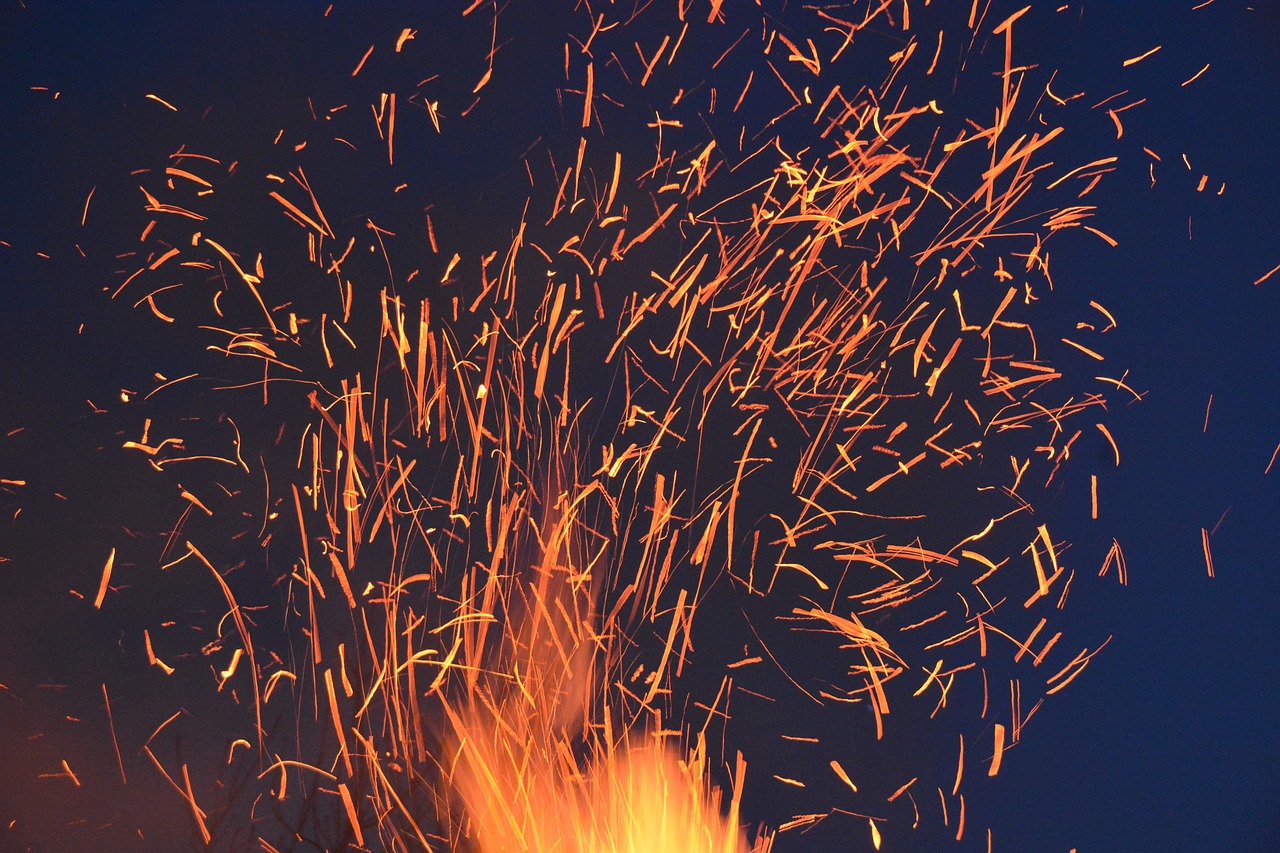
Common Chemicals Causing Burns
Chemical burns can occur in a variety of settings, from industrial workplaces to our very own homes. Understanding the types of chemicals that commonly cause burns is crucial for preventing accidents and ensuring safety. These hazardous substances can be found in everyday products, and being aware of them can help you take the necessary precautions. Let's dive into some of the most common culprits.
First and foremost, acids and bases are notorious for causing severe chemical burns. Acids, like sulfuric acid and hydrochloric acid, can lead to immediate pain and tissue damage upon contact with the skin. On the other hand, bases such as sodium hydroxide and potassium hydroxide can cause even deeper burns, as they tend to penetrate the skin more effectively. The difference in their effects can be likened to a thief who breaks in quietly (acids) versus one who barges in with brute force (bases). Both are dangerous, but their methods of attack vary.
In addition to acids and bases, many household chemicals pose risks of chemical burns if not handled correctly. For instance, products like bleach and ammonia, which are commonly used for cleaning, can cause irritation and burns if they come into contact with the skin or eyes. It's essential to read labels carefully and follow safety instructions. Here are a few household chemicals that you should be cautious with:
- Bleach: Often used for disinfecting, bleach can cause skin irritation and burns.
- Drain cleaners: These products typically contain strong caustic substances that can result in serious burns.
- Oven cleaners: The chemicals in these cleaners can be harsh and lead to burns if they touch the skin.
Another area to be aware of is the use of industrial chemicals. Substances like phenol, which is used in various industrial applications, can cause severe burns and systemic toxicity. Similarly, solvents such as acetone and toluene can irritate the skin and lead to burns upon prolonged exposure. It's crucial for workers in industrial settings to wear appropriate protective gear and follow safety protocols to minimize the risk of chemical burns.
To further illustrate the dangers of chemical exposure, consider the following table that summarizes common chemicals and their potential effects:
| Chemical | Type | Effects |
|---|---|---|
| Sulfuric Acid | Acid | Severe burns, pain, and tissue damage |
| Sodium Hydroxide | Base | Deep tissue burns and potential scarring |
| Bleach | Household | Skin irritation and burns |
| Phenol | Industrial | Severe burns and systemic toxicity |
In conclusion, being informed about the common chemicals that can cause burns is the first step in prevention. Whether you're working in a factory, cleaning your home, or even just handling everyday products, awareness is key. Always use protective gear, read labels, and, most importantly, know how to react if an accident occurs. Remember, a little knowledge can go a long way in keeping you and your loved ones safe.
Q: What should I do if I get a chemical burn?
A: Immediately flush the affected area with plenty of water for at least 15 minutes and remove any contaminated clothing. Seek medical attention if necessary.
Q: How can I prevent chemical burns at home?
A: Always read labels, use protective gear when handling chemicals, and store hazardous substances out of reach of children.
Q: Are all chemical burns serious?
A: While some chemical burns may be minor, others can be severe and require medical attention. It's essential to assess the situation and act accordingly.

Acids and Bases
When it comes to chemical burns, are the notorious villains that often lurk in our homes and workplaces. These substances can wreak havoc on our skin and eyes, leading to serious injuries if not handled properly. Acids, such as sulfuric acid or hydrochloric acid, can cause immediate pain and tissue damage upon contact. On the other hand, bases like sodium hydroxide can penetrate deeper into the skin, making them particularly dangerous. They may not cause immediate pain, which can lead to a false sense of security.
Understanding the effects of these chemicals is crucial for both prevention and treatment. For example, if you were to accidentally spill a household cleaner containing sodium hydroxide on your skin, the damage could escalate quickly. It’s not just about the initial burn; it’s about how the chemical interacts with your skin over time. The longer it stays in contact, the more severe the injury can become. That’s why knowing how to act fast is essential.
Here’s a quick rundown of how acids and bases affect the skin:
| Type | Common Examples | Effects on Skin |
|---|---|---|
| Acids | Sulfuric Acid, Hydrochloric Acid | Causes immediate pain, redness, and blistering. |
| Bases | Sodium Hydroxide, Ammonium Hydroxide | May cause delayed pain, deep tissue damage, and severe burns. |
It’s alarming to think that many of these chemicals are found in everyday products. For instance, drain cleaners often contain strong bases, while some toilet bowl cleaners may be acidic. The key to preventing accidents is being aware of the substances you’re using. Always read labels and follow safety instructions. Even a moment of negligence can lead to devastating consequences.
If an accident does happen, the first step is to assess the situation. If you come into contact with an acid or base, quickly rinse the affected area with copious amounts of water for at least 15 to 20 minutes. This flushing action is crucial; it helps to dilute and wash away the harmful chemical. Remember, time is of the essence! The sooner you act, the better the outcome.
In summary, understanding the dangers of acids and bases is vital for anyone who uses household or industrial chemicals. By taking the right precautions and knowing how to respond in case of an emergency, you can significantly reduce the risk of severe injuries. Always prioritize safety and stay informed about the products you use in your daily life.
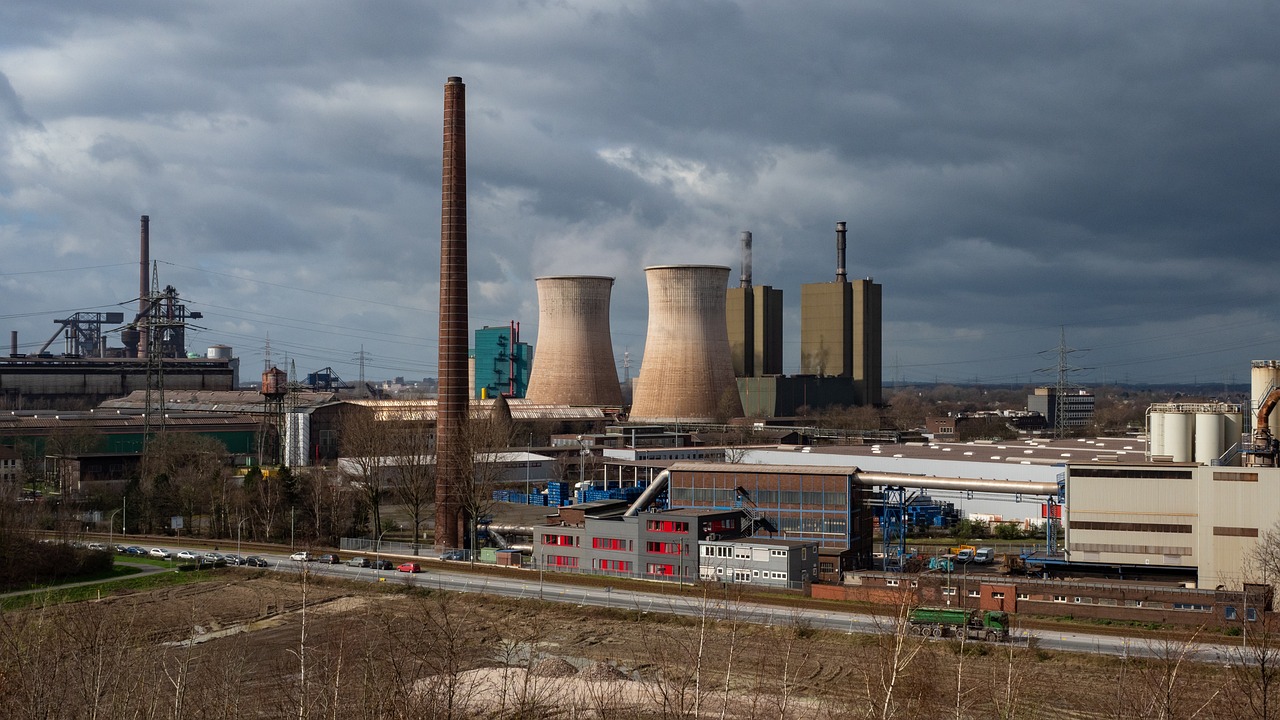
Household Chemicals
Many of us are unaware that our homes are filled with potentially hazardous chemicals. From cleaning supplies to personal care products, these everyday items can lead to serious chemical burns if not handled properly. It's essential to familiarize yourself with these substances to prevent accidents and ensure safe usage. For instance, common household chemicals such as bleach, drain cleaners, and certain types of oven cleaners can cause severe skin and eye irritation upon contact. Understanding the risks associated with these chemicals is the first step in safeguarding yourself and your loved ones.
Let's take a closer look at some of the most frequently encountered household chemicals that can cause burns:
- Bleach: Widely used for disinfecting and whitening, bleach can cause skin burns and respiratory problems if inhaled.
- Ammonia: Found in many cleaning products, ammonia can irritate the skin and eyes and cause burns upon contact.
- Oven Cleaners: These products often contain caustic chemicals that can lead to severe burns if they touch the skin.
- Drain Cleaners: Highly corrosive, these cleaners can cause immediate damage to skin and eyes if spilled.
When using these products, always remember to read the labels carefully and follow the manufacturer's instructions. Wearing protective gear, such as gloves and goggles, can significantly reduce the risk of exposure. Additionally, ensure that you are using these products in well-ventilated areas to avoid inhaling any harmful fumes.
It's also wise to store these chemicals out of reach of children and pets. Many accidents occur simply because curious hands reach for items that should be kept secure. In the event of a spill or accidental contact, knowing the first aid steps can make a world of difference. Always have a plan in place, and be ready to act swiftly if an incident occurs.
In conclusion, while household chemicals can be incredibly useful for maintaining a clean and safe home, they also come with inherent risks. By being informed and cautious, you can enjoy the benefits of these products without falling victim to their potential dangers.
Q: What should I do if I accidentally spill a household chemical on my skin?
A: Immediately flush the affected area with plenty of water for at least 15 minutes. Remove any contaminated clothing and seek medical attention if irritation persists.
Q: Are there any household chemicals that are safer to use?
A: Yes, many eco-friendly and non-toxic cleaning products are available on the market. Always look for labels that indicate safety and non-toxicity.
Q: How can I prevent chemical burns while cleaning?
A: Always wear protective gear, read labels carefully, and ensure proper ventilation when using chemical products.
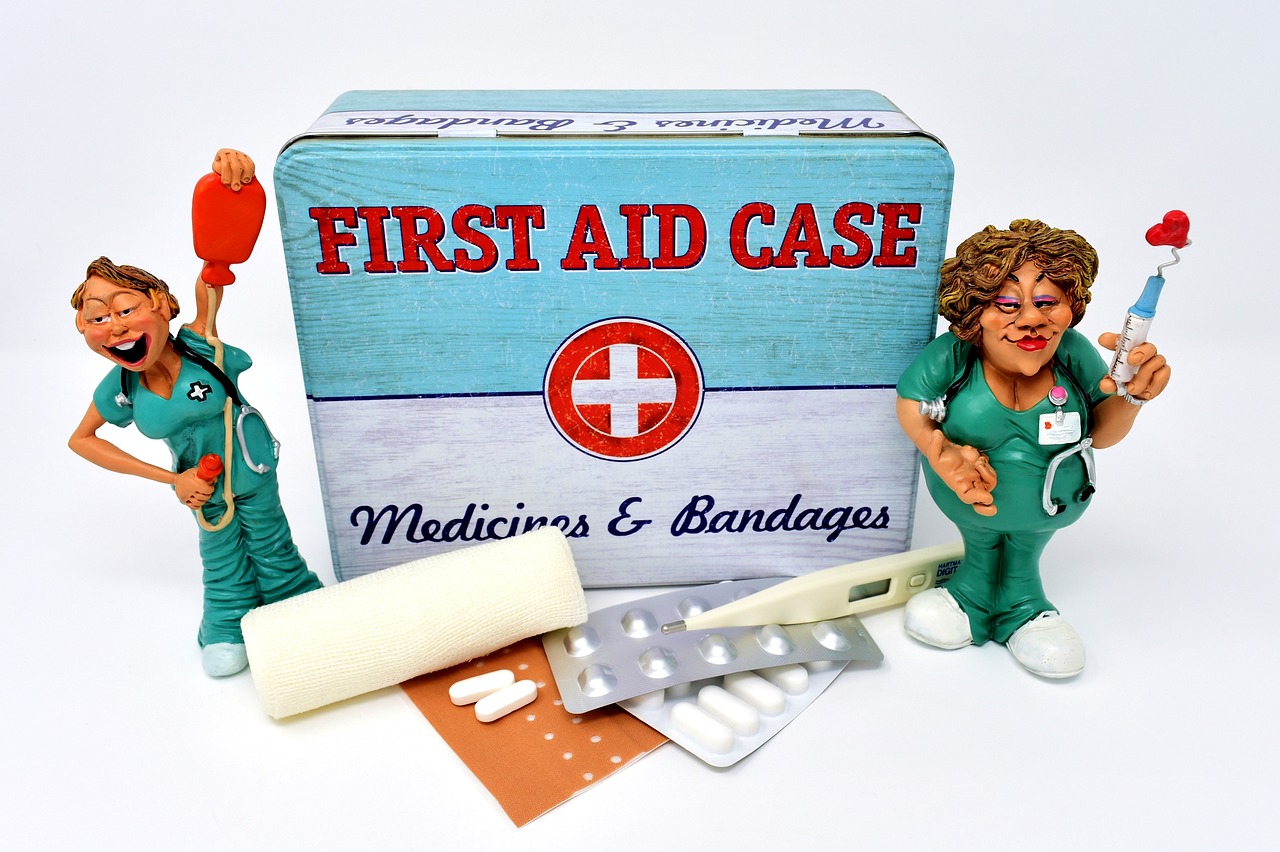
Long-term Care and Recovery
After the initial treatment for a chemical burn, long-term care plays a crucial role in ensuring proper healing and minimizing the risk of complications. The journey to recovery can be challenging, but with the right approach, it can lead to optimal outcomes. First and foremost, it’s essential to keep the affected area clean and protected. Regularly changing dressings and using prescribed ointments can significantly aid in the healing process. Think of it like nurturing a plant; just as a plant needs water and sunlight, your skin needs care and protection to flourish again.
In addition to physical care, emotional support is equally important. Chemical burns can be traumatic, and the emotional toll can linger long after the physical wounds have healed. Engaging with support groups or talking to a counselor can be beneficial. Remember, healing isn’t just about the body; it’s about the mind too. Consider it akin to a puzzle—each piece, whether emotional or physical, needs to fit together for the complete picture of recovery.
Another crucial aspect of long-term care is monitoring for complications. Some individuals may experience issues such as scarring or changes in skin pigmentation. Keeping an eye on the healing process is vital. If you notice any unusual changes, don’t hesitate to consult with a healthcare provider. Early detection can make a world of difference, much like catching a small leak in a pipe before it turns into a flood.
Finally, follow-up care is essential. Regular check-ups with a healthcare professional can help ensure that everything is healing as it should. They may recommend physical therapy or specific treatments to improve mobility and appearance. Just like how you wouldn’t skip a tune-up for your car, you shouldn’t overlook follow-up appointments for your body.
In summary, long-term care and recovery from chemical burns involve a combination of physical treatment, emotional support, monitoring for complications, and consistent follow-up care. By taking these steps, you can pave the way for a smoother recovery and regain confidence in your skin.
- How long does it take for a chemical burn to heal? The healing time can vary depending on the severity of the burn. Minor burns may heal within a week, while more severe cases could take several weeks or longer.
- What should I do if I notice signs of infection? If you see increased redness, swelling, or pus, it’s important to seek medical attention promptly, as these could be signs of infection.
- Are there any specific products I should use during recovery? Always follow your healthcare provider’s recommendations, but generally, gentle cleansers and moisturizers are beneficial for healing skin.
- Can I return to normal activities after a chemical burn? It depends on the severity of the burn. Consult with your healthcare provider to determine when it’s safe to resume normal activities.
Frequently Asked Questions
- What should I do immediately after a chemical burn?
First and foremost, rinse the affected area with plenty of water for at least 15-20 minutes. This helps to dilute and wash away the chemical. If clothing is contaminated, remove it carefully to prevent further exposure. Remember, the quicker you act, the better the outcome!
- How can I tell if a chemical burn is severe?
Assess the burn by checking for symptoms like intense pain, blistering, or if the skin appears white or charred. If you notice any of these signs, it’s crucial to seek medical attention right away. Don't take chances with your health!
- Are all chemical burns treated the same way?
Not necessarily! The treatment can vary based on the type of chemical involved. For example, acid burns may require different care compared to those caused by alkaline substances. Always identify the chemical and follow specific guidelines for treatment.
- Can household products cause chemical burns?
Absolutely! Common household items like bleach, drain cleaners, and even some cleaning agents can cause burns if they come into contact with your skin. Always handle these products with care and use protective gear when necessary.
- When should I seek professional medical help?
If the burn is large, deep, or if it involves sensitive areas like the face, hands, or genitals, you should seek medical help immediately. Additionally, if symptoms worsen or if you experience signs of infection, don’t hesitate to consult a healthcare professional.
- What long-term care do I need after a chemical burn?
Long-term care may include keeping the area clean, applying prescribed ointments, and attending follow-up appointments. Depending on the severity, you might also need physical therapy or scar management treatments to ensure proper healing.



















